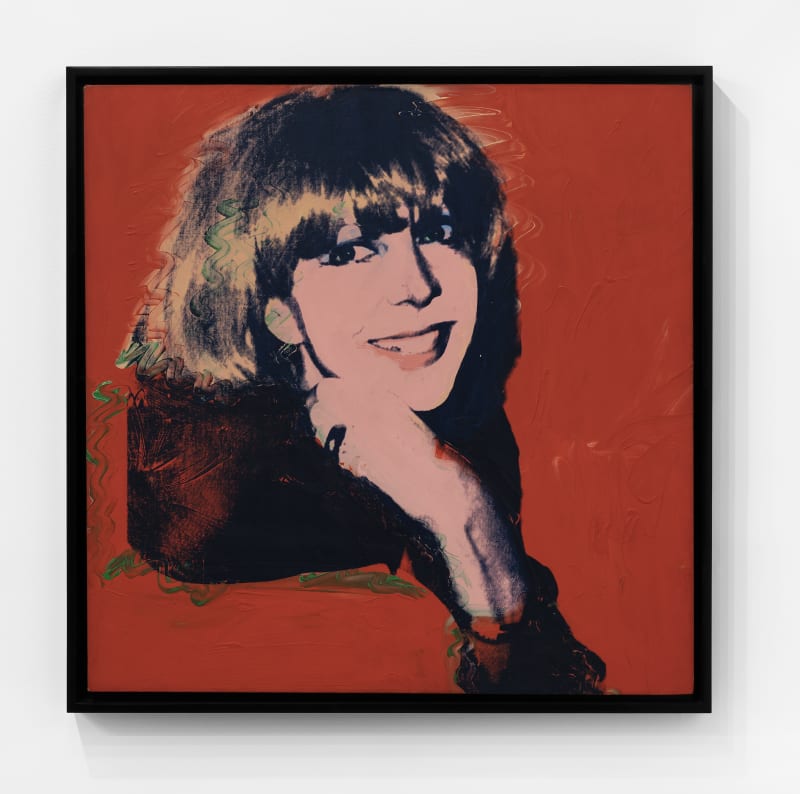"If you want to know all about Andy Warhol, just look at the surface of my paintings and films and me, and there I am. There’s nothing behind it."
Andy Warhol, born Andrew Warhola on August 6, 1928, in Pittsburgh, Pennsylvania, was a pivotal figure in the Pop Art movement. The son of Rusyn immigrants, Warhol graduated from the Carnegie Institute of Technology in 1949 and began his career as a successful commercial illustrator in New York City. In the early 1960s, he transitioned to fine art, gaining fame with works like Campbell’s Soup Cans and Marilyn Diptych. His studio, The Factory, became a hub for creatives and celebrities, fostering an environment of experimentation. Warhol’s influence extended beyond visual art; he directed films like Chelsea Girls and produced music with the Velvet Underground. Known for his exploration of consumer culture and celebrity, Warhol’s legacy continues to shape contemporary art and popular culture.
Andy Warhol’s works are housed in some of the most renowned museums worldwide, reflecting his immense influence on contemporary art. The Andy Warhol Museum in Pittsburgh holds the largest collection, with over 12,000 pieces, including paintings, sculptures, films, and personal archives, offering a comprehensive view of his career. New York’s Museum of Modern Art (MoMA) features iconic works like Campbell’s Soup Cans and Gold Marilyn, alongside screenings of his experimental films. The Tate galleries in the UK boast significant pieces such as Marilyn Diptych and Birmingham Race Riot, while The Broad in Los Angeles showcases early sketches and Pop Art classics. Other notable collections include the Whitney Museum in New York, the Metropolitan Museum of Art, and Frankfurt’s MMK, which holds over 65 works, including his Brillo Box sculptures. These institutions collectively preserve Warhol’s legacy as a pioneer of Pop Art and cultural commentary.

